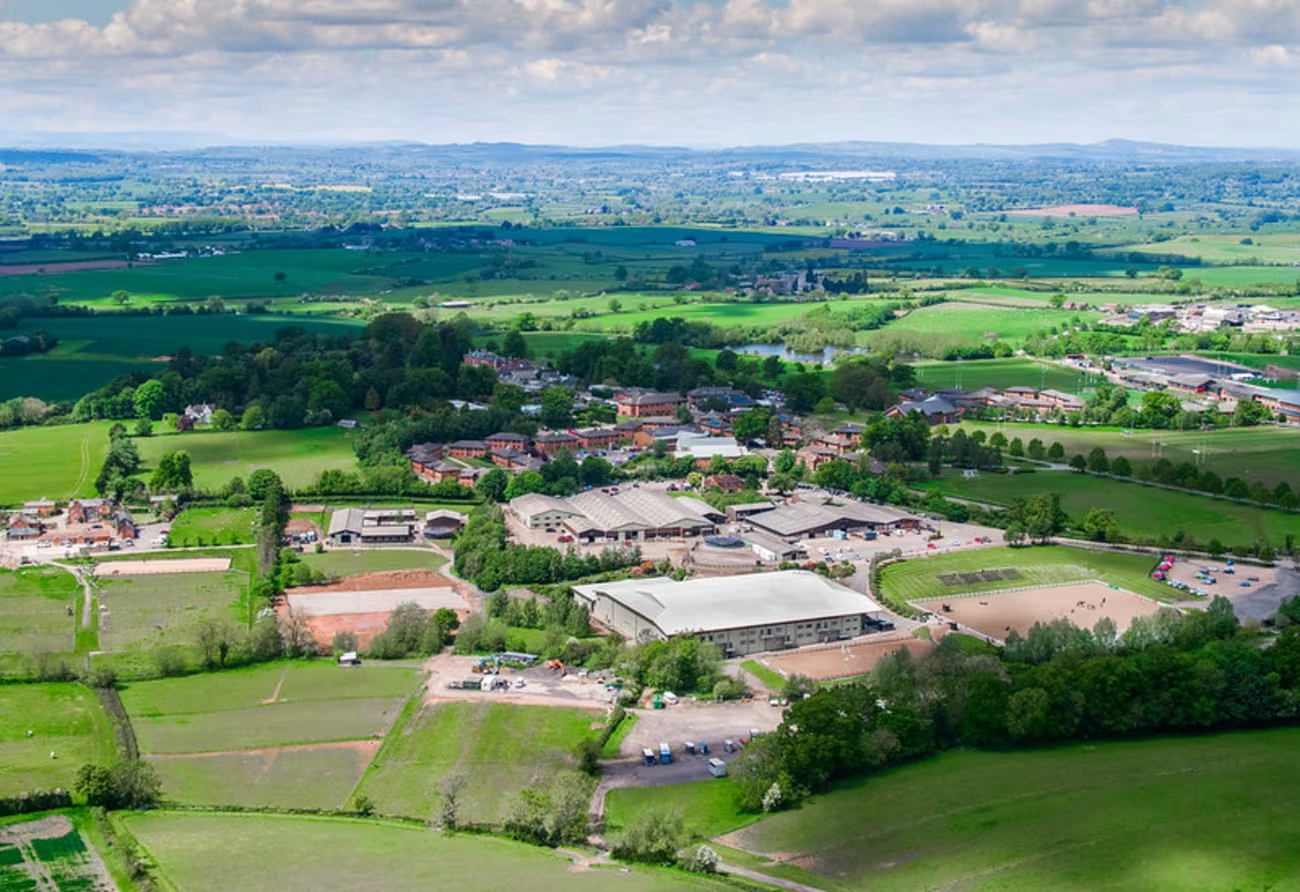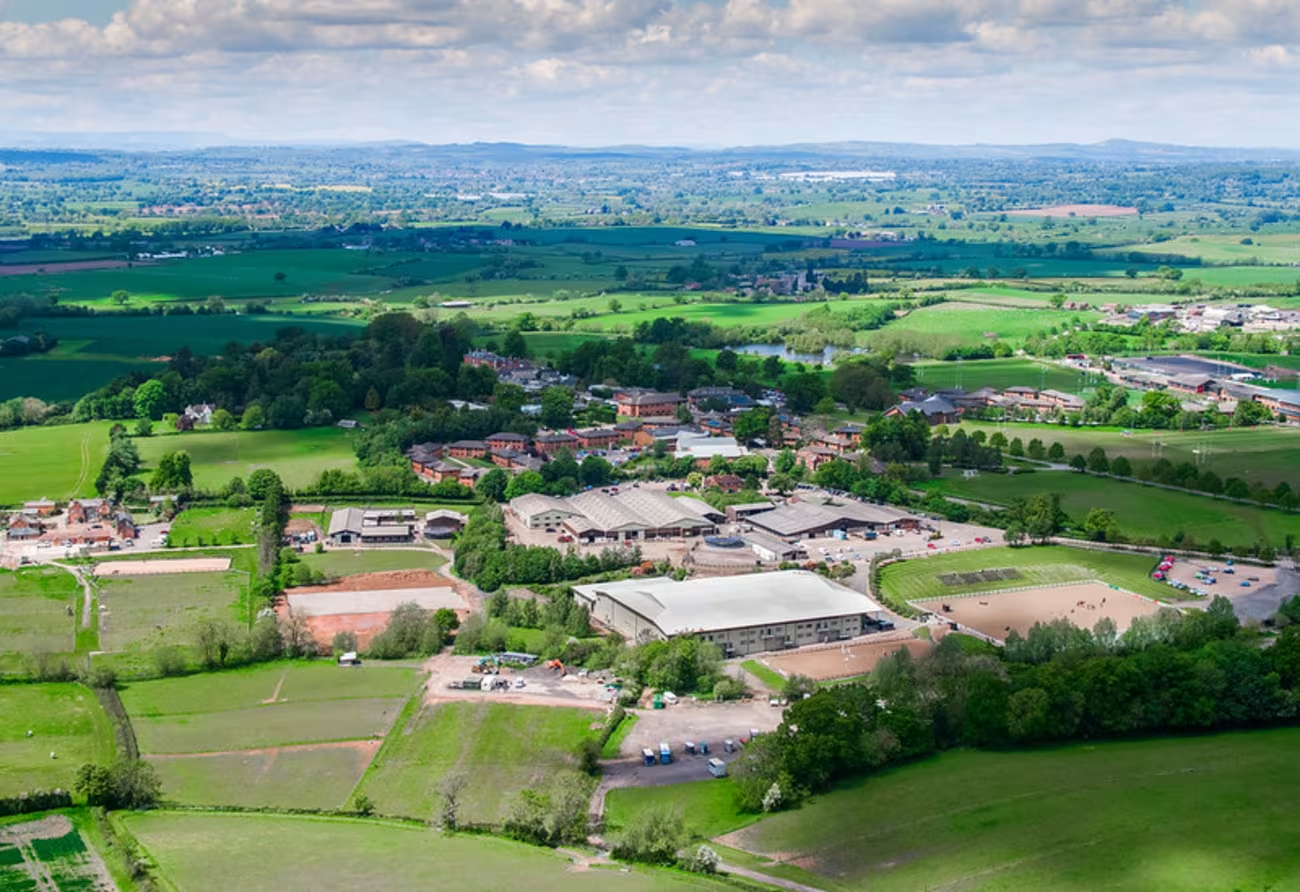Making decarbonisation targets a reality for the public sector in the UK

Chris Scott, founder and director of Net Zero Advisory (NZA), has built his business around a clear mission: to help clients navigate the complex journey to net zero.
With a background in mechanical engineering and environmental building design, Chris has long focused on how buildings perform - particularly in terms of comfort, user needs, and energy consumption. In his words, NZA is about "advising clients on what net zero means for their business, their buildings and the projects they work on."
Since launching Net Zero Advisory two and a half years ago, Chris has embedded himself directly within client teams, moving away from traditional third-party consultancy models. A key tool supporting this hands-on approach is Gridcog - a platform that Chris describes as “unlocking the black box of energy modelling and technoeconomic analysis”.

Tackling net zero in commercial properties
Chris's experience lies squarely in the built environment: “I worked as a mechanical engineer on building services design - heating, ventilation, cooling - and then got into the environmental design of it.” After the UK made its net zero declaration in 2019, Chris saw a clear need to help organisations figure out what that actually meant in practice - particularly for buildings and estates.
“We really wanted to understand how a battery would perform when it's used for smart charging, peak shaving, and combining all the other benefits of battery storage. Where do we even begin from a data point of view?”
That insight led to the creation of Net Zero Advisory, a UK-based consultancy business, which works with both private and public sector clients to understand the opportunities and implications of decarbonisation. One of the biggest challenges? Understanding how to make decentralised energy assets, like solar and storage, work economically.
“What we really wanted to understand - both from the economic and technical perspectives - was how a battery would perform when it's used for smart charging, peak shaving, and combining all the other benefits of battery storage. Where do we even begin from a data point of view? My background isn’t in the energy market, so that part was a whole other beast to me.
"That’s where Gridcog really opened the black box. They showed me the inputs, how everything connects, and gave me the confidence to say: these are the numbers.”
Retirement village looking to scale up solar
One of the standout projects in NZA’s portfolio involved working with a retirement village developer looking to scale up its solar deployment. The client was already building energy-efficient villages with shared spaces like cafes, swimming pools and communal lounges. With a fund requirement to maximise solar, they had already invested in private wire infrastructure and submetering for residents.
But they wanted to go further.
“They were essentially giving away some of this energy,” Chris explains. “How do we think smart about this, and potentially even create an ESCO - a whole new part of the business that would capitalise on all the investment that’s already gone in?”
This was the point where Gridcog became essential. Chris and the team wanted to evaluate the impact of combining solar with battery storage - not just in isolation, but as part of a smart microgrid that could enable peak shaving, smart charging, and other behind-the-meter benefits.
“Gridcog really opened the black box. They showed me the inputs, how everything connects, and gave me the confidence to say: these are the numbers.”
Public sector innovation: Universities across the UK
Another flagship initiative is Chris’s work with Universities across the UK, including a specialist university in agriculture, sports, and equine studies. With large land holdings and a newly adopted private HV ring, the University has significant flexibility in how it manages energy.

“This is a super exciting project. They’ve got a huge amount of land, and interestingly, they’ve invested in adopting all of the on-site electrical infrastructure. They now have a private HV ring running around the campus, which opens up opportunities to do some really creative things with generation and storage.
“They’ve also got around 230 cows on site, which means they can look at energy from waste and anaerobic digestion. Once you start plugging all of that together, you can create a really smart system that reduces reliance on the grid and follows circular economy principles.
Even at an early stage, Gridcog has helped them model the business case for a standalone battery. “It's got them really excited seeing the numbers in the model,” says Chris. “It’s also given us the confidence to say, ‘This is how it works.’”
Helping clients take the first step
Chris is clear that his role isn’t to build or deliver infrastructure - it’s to give clients the confidence to proceed. “What I want to do is give [clients] that security or certainty to proceed to the next step - to then bring in those partners who deliver.”
For clients who are not energy market experts, such as facilities or estates teams focused on buildings, having clear, visual evidence of how storage, renewables and smart dispatch can save money is vital. Gridcog helps make that possible. “It’s taking something that’s so complex, making it plug and play, and giving you the output you need.”
“Gridcog takes something that’s so complex, making it plug-and-play, and gives you the output you need.”
Decarbonisation in the face of adversity
Looking ahead, Chris plans to train his collaborators and freelancers on how to use Gridcog, especially as NZA focuses more deeply on heat decarbonisation without government funding. With the Public Sector Decarbonisation Scheme recently pulled, new commercial models are needed to make clean energy projects stack up.
“There’s about £70 billion of capital funding needed to decarbonise the public sector’s commercial estate,” says Chris. “To me, the energy transition hinges on the cost of electricity. What Gridcog does is show you how to reduce those costs, making decarbonisation viable even in the absence of grants.
“So, moving forward, my goal is to train anyone working with me to really understand this - how to navigate and support decarbonisation in this new funding landscape.”
“What Gridcog does is show you how to reduce those costs, making decarbonisation viable even in the absence of grants.”
Reflections on over two years with Gridcog
We closed our conversation with Chris reflecting on the last two years, and how Gridcog may have changed since NZA first partnered with us: “What I’ve seen is that whereas before the output felt very economically driven, it now has more capability showing energy flows including between assets. And that’s what really interests me - understanding how energy is used depending on the technologies you're plugging in and experimenting with. I can see that happening even more now.
“I’m trying to steer the business in that direction - using tools like Gridcog to help me quickly demonstrate complex systems to clients.”

Genna Boyle, CCO and Head of EMEA at Gridcog, said “NZA is one of our longest standing clients in the UK. It’s been great to work with Chris and play a key role in the evolution of NZA over the last two and a half years, and to help progress some very exciting projects in the energy transition space.”
If you’re a consultancy and interested in modelling energy projects faster, reach out to our team of industry experts today.















